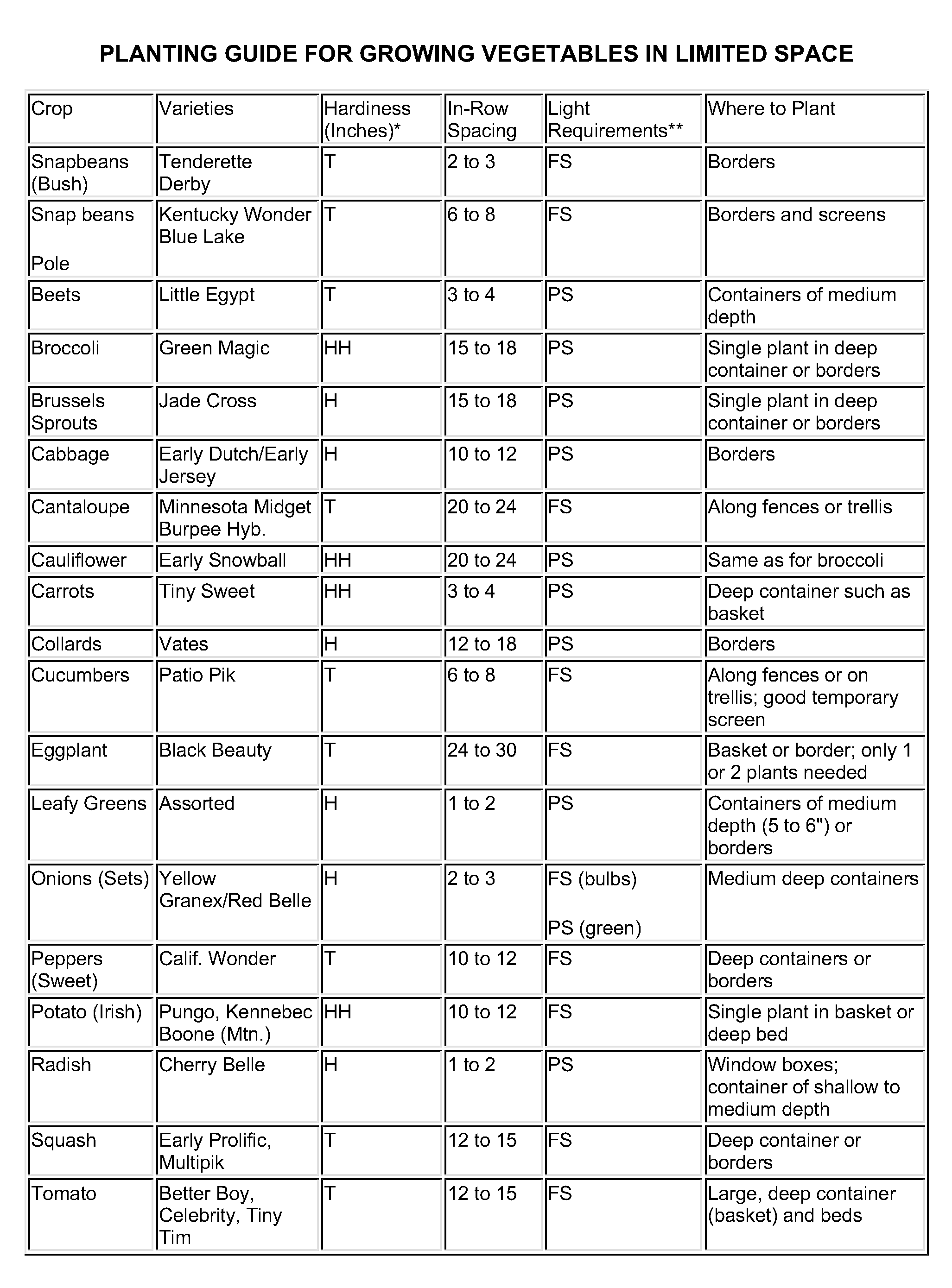Gardening in Limited Space
go.ncsu.edu/readext?1061965
en Español / em Português
El inglés es el idioma de control de esta página. En la medida en que haya algún conflicto entre la traducción al inglés y la traducción, el inglés prevalece.
Al hacer clic en el enlace de traducción se activa un servicio de traducción gratuito para convertir la página al español. Al igual que con cualquier traducción por Internet, la conversión no es sensible al contexto y puede que no traduzca el texto en su significado original. NC State Extension no garantiza la exactitud del texto traducido. Por favor, tenga en cuenta que algunas aplicaciones y/o servicios pueden no funcionar como se espera cuando se traducen.
Português
Inglês é o idioma de controle desta página. Na medida que haja algum conflito entre o texto original em Inglês e a tradução, o Inglês prevalece.
Ao clicar no link de tradução, um serviço gratuito de tradução será ativado para converter a página para o Português. Como em qualquer tradução pela internet, a conversão não é sensivel ao contexto e pode não ocorrer a tradução para o significado orginal. O serviço de Extensão da Carolina do Norte (NC State Extension) não garante a exatidão do texto traduzido. Por favor, observe que algumas funções ou serviços podem não funcionar como esperado após a tradução.
English
English is the controlling language of this page. To the extent there is any conflict between the English text and the translation, English controls.
Clicking on the translation link activates a free translation service to convert the page to Spanish. As with any Internet translation, the conversion is not context-sensitive and may not translate the text to its original meaning. NC State Extension does not guarantee the accuracy of the translated text. Please note that some applications and/or services may not function as expected when translated.
Collapse ▲Regardless of whether you live in an apartment, condominium or mobile home, some space is available for growing a few of your favorite vegetables. However, the area you choose to grow your garden must receive five hours or more of sunlight daily. As a general rule, leafy vegetables such as cabbage and mustard greens can tolerate more shade than root vegetables like radishes and beets. Vegetables that bear fruit such as peppers, tomatoes, and cucumbers will need the most sun.
Townhouse dwellers will probably be limited to using containers or window boxes for vegetable growing. Always make sure the containers used are large enough to hold the vegetable plants when they reach maturity. All containers should have sufficient number of drainage holes in the bottom for proper drainage. You have many more alternatives if you live in a duplex, a single unit or house and have access to an open yard. You may still use window boxes, but now you have access to borders along walkways and foundation plantings. You will be pleasantly surprised to see how attractive a walkway can be when edged with such plants as carrots in full foliage. There is also ample opportunity to position large containers such as baskets with pepper or tomato plants.
Fences are ideal for growing many vegetables, especially vining types such as cucumbers and melons.
Six to eight feet of fence space could provide enough cucumbers for fresh consumption and ample supplies for pickling. Pole beans (lima and snaps) also do well here. When cantaloupe fruits begin to enlarge, tie to the fence in a sling made from nylon hose to avoid them from falling.
The soil mixture you use will have a great influence on your success. It should be free of disease, insect and weed pests and have a pH of about 6.0 to 6.5. Your county Cooperative Extension agent can provide you with a soil testing kit to test the pH of your soil.
You may purchase commercially prepared mixtures from garden centers or you can make your own mix by using equal parts of sand, loamy garden soil, and peat moss or composted leaves. For additional reading materials on limited space gardening, contact your local Cooperative Extension Center at 919-496-3344 .





